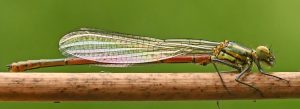Photographer Caroline Anderson has produced a remarkable collection of pictures in a series called “Nature in the Glen” that dovetails with her work as a volunteer at Kilmartin Museum.
Caroline specialises in macro photography – extreme close-up photography, often of very small subjects and living organisms like insects.
“Anything in wildlife and nature I’m very comfortable with,” Caroline told the Advertiser.
“We are in Kilmartin Glen and because of all the different habitats, we have everything; it’s all there.

“There is always something new, no matter what time of the year.
“There is always something to photograph, because the light changes.
“My thing is to show people what is out there – and de-mistify insects. Some people are afraid of them.”
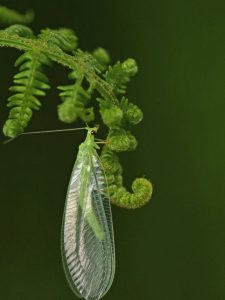
Caroline feels she gets an education in the process of taking her pictures in the glen.
“You do learn – you learn what plants attract what insects. It’s a really special area.
“What you can find here is incredible. It’s about just getting people to stop and see; see the detail.”
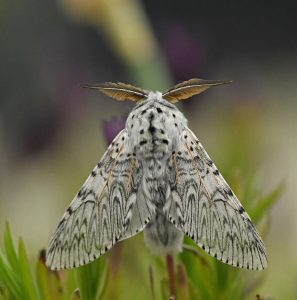
For now, Caroline’s Nature in the Glen series is being shared across Kilmartin Museum’s social media feeds, where she describes the glen in great detail.
“As you wander round Kilmartin Glen you will notice the trees festooned with beautiful lichens,” she wrote.
“Miniature ecosystems, lichens are used as an indicator of clean air and can also be used to measure environmental pollution.
“Given the number of different species of lichen visible in Argyll you won’t have to go far to spot them. ”
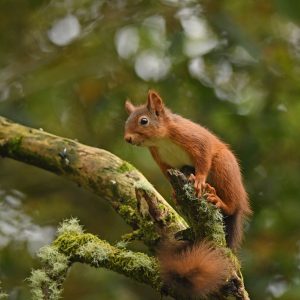
In another recent post, Caroline wrote: “Fungi is everywhere in the woods at the moment, which is a photographers dream.
“They make beautiful subjects because of the texture and colours, but more importantly they don’t move.
“As they obviously grow in dark places you often need some artificial lighting, whether that’s an especially adapted ring light that fits on the camera, a torch or even your phone.
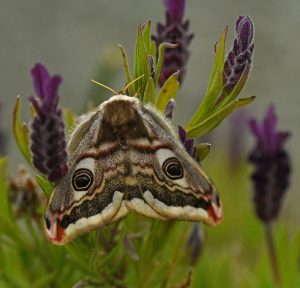
“Single fungi can make quite dramatic images, depending on the position of the light source.
“Also you’ll often find particular fungi that grows in groups and by cropping you can get quite an interesting effect.
“Keep your eyes peeled the next time you are walking in the woods.”
